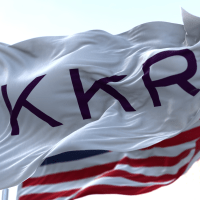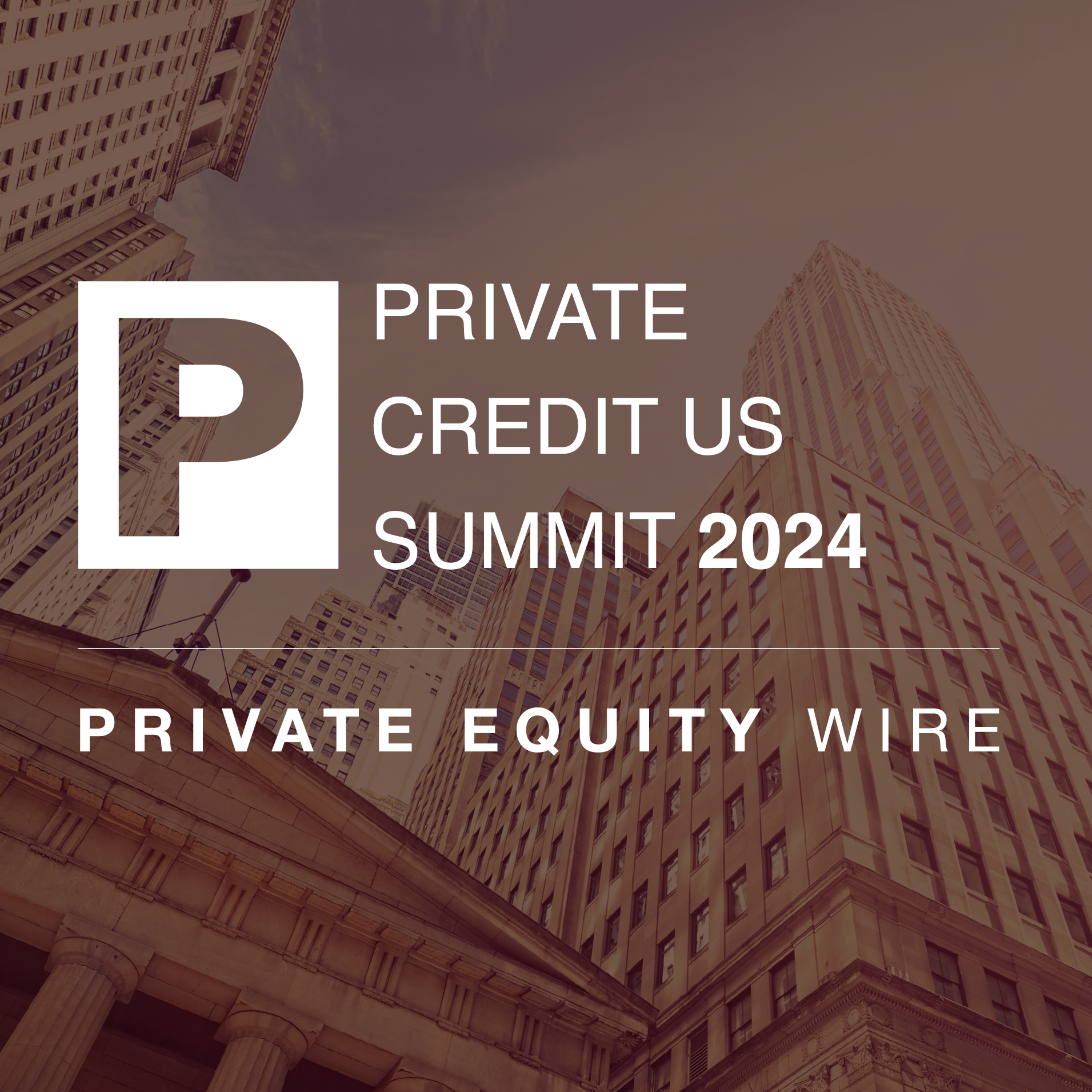Several factors are fuelling increasing integration of sustainable investment practices among Limited Partners (LPs) and General Partners (GPs). Growing knowledge, enhanced reporting requirements and improved understanding of the connection between environment, social and governance (ESG) factors and returns are all driving a sharper need for investment which is more socially conscious.
SPONSORED CONTENT
Several factors are fuelling increasing integration of sustainable investment practices among Limited Partners (LPs) and General Partners (GPs). Growing knowledge, enhanced reporting requirements and improved understanding of the connection between environment, social and governance (ESG) factors and returns are all driving a sharper need for investment which is more socially conscious.
In Europe, this development is further supported by the EU action plan on sustainable finance given one of its goals is to reorient capital flows towards sustainable investment.
This ESG awareness is also going beyond investment strategies and homing in on operational practices, with LPs starting to scrutinise the partners they work with on an ESG dimension. This means GPs are now under more pressure to deliver in this regard. These requirements place greater strain on small to medium players who may not always have the internal capacity to handle the volume of requests in this regard.
“Investors are asking more questions and demanding more transparency on ESG. This requires more resources on the GP side,” comments Hanne Dybesland (pictured, bottom right) , product development, AssetMetrix, “and the incentive for considering ESG, for the majority of GPs is still investor and regulatory pressure.”
Moritz Haarmann (pictured, bottom left), Head of Product Development, AssetMetrix outlines: “ESG is now taking on greater importance among smaller PE firms. The larger players have always had sufficient resources to address these topics, but now ESG is becoming critical across the industry, regardless of firm size.”
Dybesland points out how almost all companies have some sort of risk exposure to one or more ESG topics: “Therefore, it should be in the interest of a GP to identify and manage this risk and turn it into an opportunity to increase performance.”
GPs are also experiencing greater probing of their own internal procedures on an ESG dimension. Dybesland notes: “Investors are asking whether the managers they work with have an ESG policy in place or ESG memberships, or how they are tackling the issue of diversity across their organization. For example, we have heard about institutional investors not allocating to GPs due to a lack of internal processes around ESG.”
Overcoming hurdles
ESG and the integration of these characteristics in investing is well-matched with the nature of private equity, particularly when discussing the potential of active ownership. Dybesland muses: “PE is all about going into companies, engaging and changing them to increase performance.”
In Haarmann’s view, ESG is partly already incorporated into the investment process: “My understanding is that ESG will become an element within the whole process – the investment decision, the reporting and the monitoring of investments will all include an ESG component, at some point in the future. ESG will be included in every standard due diligence questionnaires.”
However, in practice incorporating these factors still comes with a variety of challenges. A number of these hurdles centre around data. In fact, many GPs are looking for solutions to simplify the exchange of templates and data while encouraging general dialogue and transparency relating to ESG.
Dybesland expands on this: “GPs need to make sure they are collecting meaningful data. They must understand what data to collect and from whom; how certain key performance indicators (KPIs) are to be calculated, and then what to do with the information after that. Frameworks such as the Sustainability Accounting Standards Board (SASB) can be very helpful. They can guide GPs on what ESG topics can be financially material for the companies they invest in – this way, they will know what to look at more closely and which KPIs to collect.”
In fact, more knowledge is also needed when it comes to collecting data from portfolio companies. The industry requires more training and continuous communication to ensure quality data is delivered.
Investors on the other hand struggle with a lack of data and insufficient transparency from GPs. When it comes to due diligence questionnaires originating from LPs, there is no binding standard. Although many US LPs use the ILPA due diligence questionnaire, there is currently no unified approach across the industry, meaning this exercise can be onerous and often still result in data which is not complete. This adds to the data challenge.
However, Haarmann believes this will change over time: “When you consider the development of reporting in general, there was a time when every fund manager had their own way of reporting. Now however you can see an element of uniformity when looking at something like quarterly reports. The same thing will happen with ESG reporting. A standard way of reporting on these issues will emerge sooner rather than later, especially given the broader need for transparency and communication.”
Attempting to overcome these hurdles is resulting in a resource strain among GPs. Often one person is tasked to deal with ESG as a whole. This includes communication and training across portfolio companies, collecting and analyzing data, defining reports as well as answering questions from investors. Dybesland advises: “Ideally all portfolio companies need individual ESG policies and strategies which are aligned both with the company culture and the strategy to maximise performance. This requires a lot of resources and time.”
Access to data and solutions for support
In view of these developments, AssetMetrix is getting great traction from potential clients on its newly developed ESG solutions as managers and investors look for tools and support. Dybesland comments: “We can support our clients to simplify and structure all they require to understand, track and communicate on ESG topics. This can be done efficiently given we have a platform offering the whole infrastructure around the integration of ESG.
“This includes data collection, workflows allowing communication and knowledge sharing between numerous stakeholders, pre-defined analyses based on integrated external frameworks and data from ecosystem players such as SASB, PRI, UN SDGs.”
Access to this service can also assist LPs. The AssetMetrix system builds on existing data and enhances it from an ESG perspective with the help of frameworks and external data providers. “This allows LPs to carry out an initial transparency and risk assessment without having to run after GPs for more data. It also helps to clarify which questions the investors should focus on and indicate any additional data requests they should put forward. Having LPs make use of this will also simplify matters on behalf of GPs as the requests they receive are likely to be more targeted and less general,” Dybesland highlights.
The spotlight on ESG is in-keeping with industry trends as several initiatives have been launched, indicating a willingness to tackle what should be disclosed with respect to ESG and how. General frameworks such as the UN PRI and SASB are helping to draw up guidelines which are specific to the PE industry. Dybesland contends: “This supports the particularity of the PE industry and highlights its distinction from the public market, which ensures topics can be integrated in an efficient and valuable manner.”
Click here to find out more about AssetMetrix ESG services for LPs and GPs







